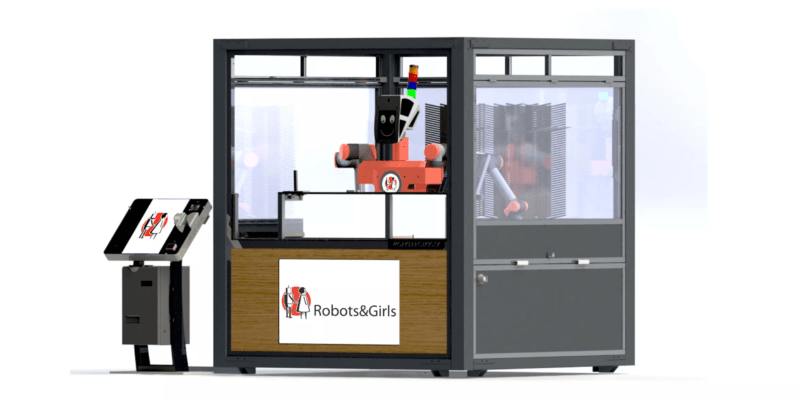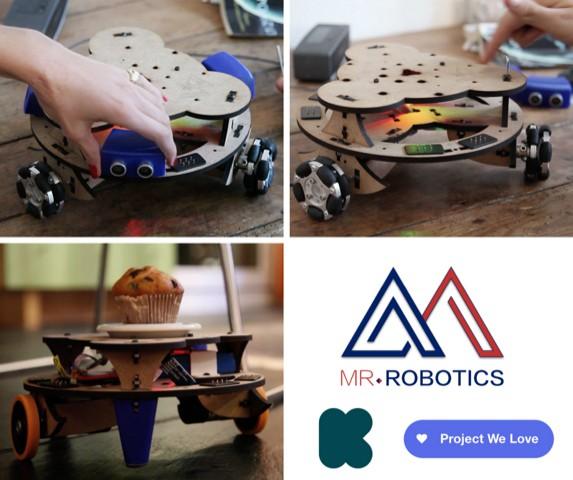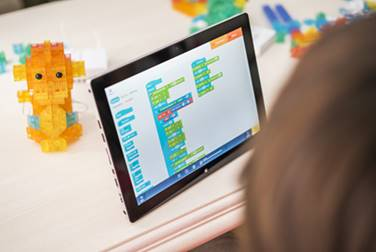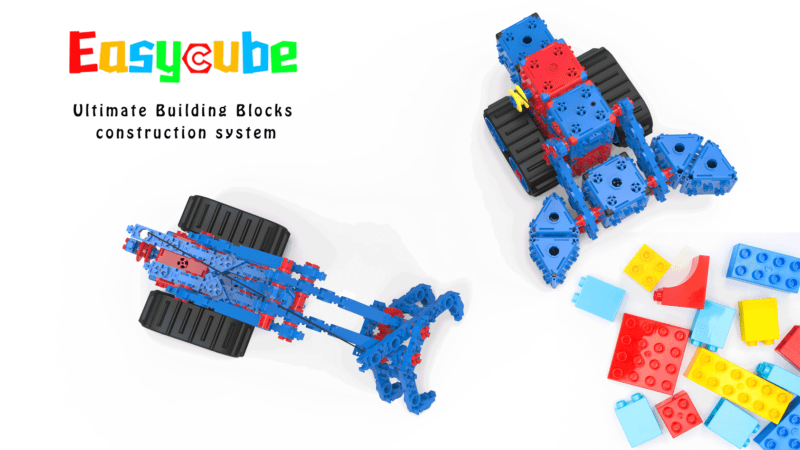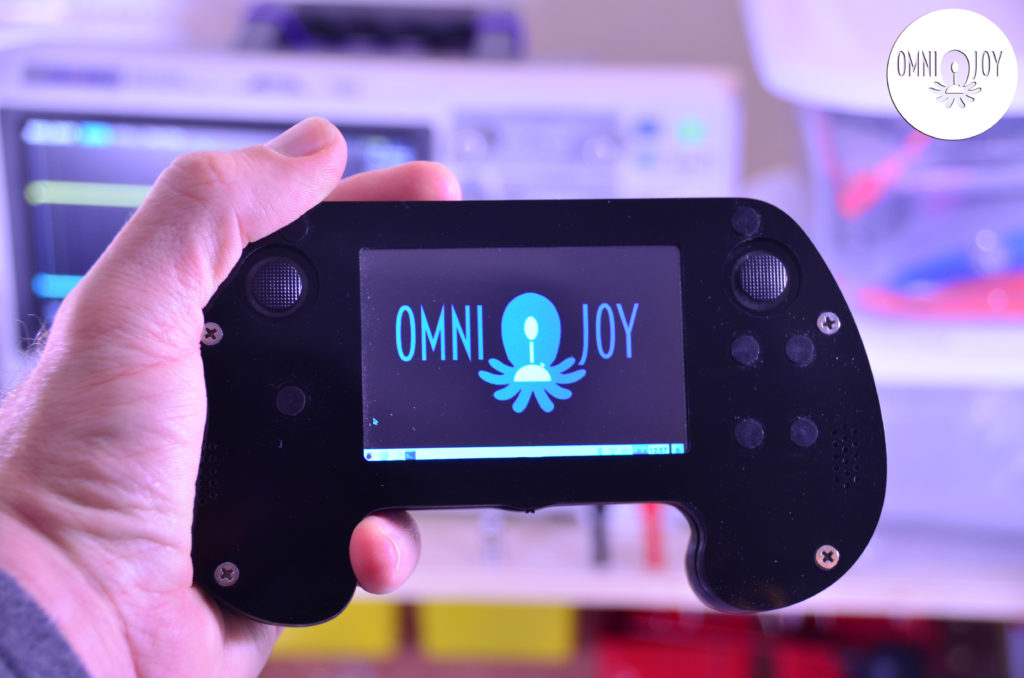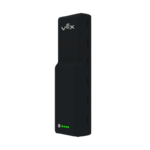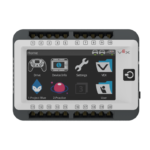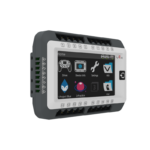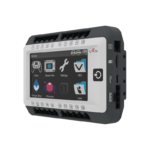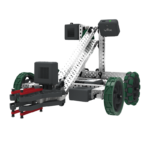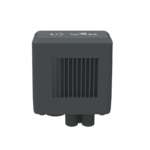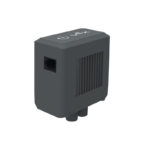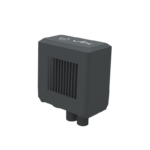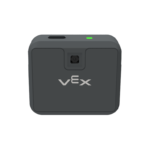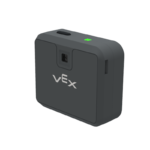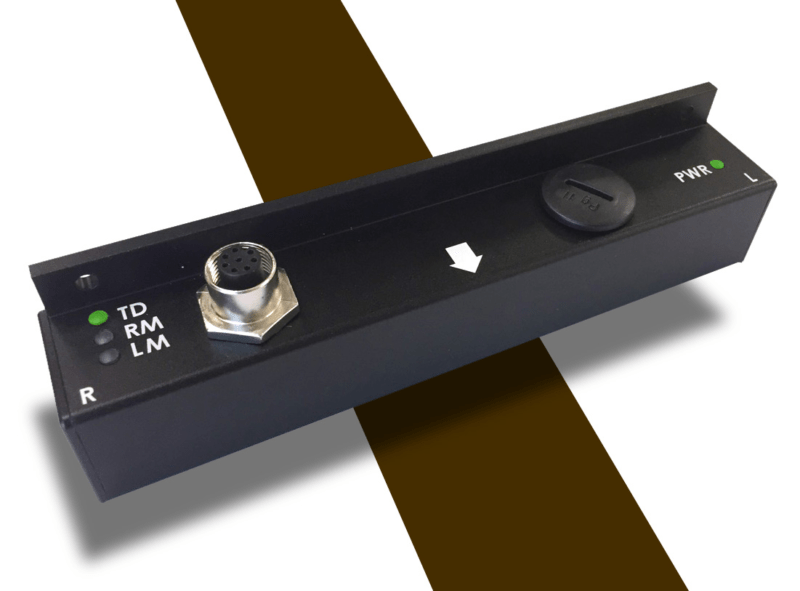Wie autonome Roboter Helfer und Kollegen der Menschen werden können
Erst vor kurzem hat Prof. Dr. Sami Haddadin und sein Forschungsteam mit Simon Haddadin und Sven Parusel für ihren kostengünstigen, flexiblen und einfach zu bedienenden Roboter den Deutschen Zukunftspreis 2017 erhalten. Doch was steckt hinter dem Konzept dieses Roboters? In seiner Keynote auf der MATLAB EXPO im Sommer letzten Jahres sprach Sami Haddadin über seine Vision der Robotik für die Zukunft und welche Schritte heute bereits dafür getan werden können.
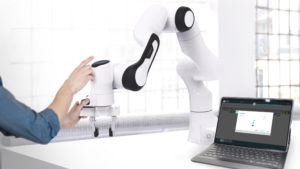
Der Stand der Technik
Prof. Dr. Sami Haddadin definiert Roboter als intelligente, lernfähige Werkzeuge, die in der Lage sind, den Menschen zu unterstützen, und verortet sie so als nächste Entwicklungsstufe der Werkzeuge in einer Linie nach Steinkeil, Dampfmaschine und Computer.
Dennoch sind die meisten Roboter heute noch weit davon entfernt, selbstständig handeln zu können. Stattdessen stehen sie hinter Schutzzäunen und absolvieren immer die gleichen Arbeitsabläufe. Zudem beschränken sich ihre Freiheitsgrade meist auf sechs oder höchstens zwölf Dimensionen. Das bedeutet: Die Roboter, die heute im Einsatz sind, fungieren zum größten Teil als Produktionsmaschinen mit festgelegten Aufgaben und sind abgeschottet vom Menschen.
Eine Revolution in der Mensch-Maschine-Interaktion
Der technische Fortschritt der letzten Jahre hat es möglich gemacht, Robotern einen neuen Platz in unserer Arbeitswelt aber auch im privaten Bereich geben zu können. Ein wichtiger Punkt ist, dass wir nun den Robotern beibringen können, mit dem Menschen zu interagieren. Besonders wichtig ist in diesem Punkt die Ingenieurstechnologie, die den Roboter hochbeweglich macht. So verfügt zum Beispiel der vom DLR (Deutsches Zentrum für Luft- und Raumfahrt) entwickelte Roboter Agile Justin über 53 Freiheitsgrade.
Ebenso zentral für die Interaktion mit dem Menschen ist die Sensorik, mit der ein Roboter ausgestattet ist. Denn über Sensoren kann der Roboter seine Umwelt und so auch Menschen in seiner Umgebung wahrnehmen. Zudem kann er merken, wenn ein Mensch physisch mit ihm interagiert.
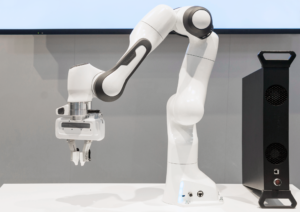
Vernetzung
Der Punkt, in dem Roboter dem Menschen schon einen großen Schritt voraus sind, ist die Vernetzung. Roboter können bereits heute untereinander kommunizieren und eine kollektive Intelligenz bilden. Genau hier können sie den Menschen auch weiter unterstützen, indem sie die Schnittstelle zwischen Mensch und Maschineninformationen bilden. Dazu Haddadin: „Ein ganz zentraler Meilenstein, wenn nicht sogar Quantensprung der derzeitigen Entwicklung sind die Cobots, das heißt, Roboter, die mit dem Menschen interagieren können und zugleich miteinander vernetzt sind.“
Durch die Vernetzung untereinander sammeln die Roboter eine Vielzahl an Daten, die sie nutzen können, um aus ihnen zu lernen und Entscheidungen zu treffen. Diese autonome Handlungsfähigkeit macht den Roboter zu einem wertvollen Unterstützer. Denn ein autonomer Roboter kann mehr als nur eine vordefinierte Handlung ausführen, besitzt Lernfähigkeit und kann für verschiedene Zwecke und Tätigkeiten eingesetzt werden.
Autonome Systeme als Herausforderung für die Programmierung
Die Fähigkeit, selbstständig zu handeln, erfordert auch ein neues Level für Betriebssysteme und der Programmierung für Autonome Systeme, denn, so führt Sami Haddadin aus: „Ein Autonomes System interagiert mit einer potenziell unbekannten und fast nicht beschreibbaren Umwelt. Das muss auch in den Abstraktionsmodellen einer Software repräsentiert sein.“ Eine große Herausforderung ist beispielsweise das Sammeln der über die Sensoren gewonnenen Daten, die dann in Echtzeit zu einem kohärenten Bild der Umgebung zusammengefügt werden müssen.
Weiterhin ist es essentiell, das Autonome System mit Informationen und Szenarien zu trainieren, sodass es erlernt, selbst sinnvolle Entscheidungen zu treffen. Gerade der Prozess des Trainings nimmt meistens viel Zeit und Ressourcen in Anspruch. Deshalb hat MathWorks vor kurzem die Möglichkeit in MATLAB eingeführt, auf bereits vortrainierte neuronale Netzwerke wie zum Beispiel GoogLeNet zurückzugreifen.
Digitale Unterstützung in allen Lebensbereichen
Je komplexer die Handlungen sind, die ein Roboter übernehmen soll, umso mehr Daten muss er in kürzester Zeit verarbeiten und daraus intelligente Handlungen initiieren können. Doch mit diesen Fähigkeiten steigt auch der Nutzen, den der Mensch aus ihnen ziehen kann.
Die klugen, digitalen Helfer könnten sowohl für die private Unterstützung im Alltag als auch für Industrieroboter in der Industrie 4.0, aber auch in der Medizinrobotik genutzt werden – etwa als Nanoroboter, die Medikamente im Blut verabreichen, ebenso wie als Exoskelette für die Rehabilitation. Noch hat die Forschung erst die ersten Schritte auf diesem Weg gemacht, aber die Möglichkeiten sind schon heute vielfältiger als je zuvor.
Den gesamten Vortrag von Prof. Dr. Sami Haddadin auf der MATLAB EXPO können Sie hier ansehen: https://de.mathworks.com/videos/robots-and-humans-in-the-digital-world-1504187986611.html
Eine sechsminütige Zusammenfassung mit allen Highlights finden Sie hier: https://de.mathworks.com/videos/robots-and-humans-in-the-digital-world-highlights–1504187845588.html
Auch im nächsten Jahr lädt MathWorks am 26. Juni 2018 wieder zur MATLAB EXPO ein. Die Konferenz bietet neben Vorträgen zu aktuellen Trends aus Forschung und Entwicklung auch die Möglichkeit, sich über konkrete Anwendungsbeispiele auszutauschen.
